
| Coleoptera ~ Beetles |
|
This is the largest insect order, containing around 350,000 species worldwide. Beetles are fairly easy to recognize, but may be confused with cockroaches and true bugs.
All beetles and their larvae have chewing mouthparts, usually consisting of a pair of well-developed mandibles which come together like forceps or tongs to grasp food. A very few have these appendages so modified that they can use them to extract nectar from flowers. Coleopterans may eat either plant or animal matter or both. The wings of beetles are specialized to perform different functions. The top wings are hard and form protective coverings (elytra) when folded over the thinner bottom pair, which are used for flight. Some groups, such as rove beetles, have shortened wings that leave the abdomen exposed, but the elytra of the majority of species cover the entire abdomen. Coleopterans develop through complete metamorphosis: after hatching there are several larval stages, with the adults emerging from an intermediate pupa. Larvae and adults are only occasionally found together. More often, the larvae remain hidden while the adults are more evident. Size ranges from very tiny to quite large. There are a lot of different species of beetles in our area, and they fall into a large number of families. Success at identifying them usually decreases with their size.
|
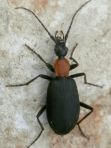 Carabidae [ground beetles] |
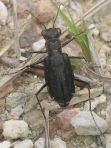 Cicindelidae [tiger beetles] |
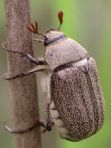 Scarabaeidae [scarabs] |
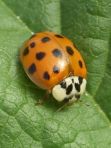 Coccinellidae [ladybird beetles] |
 Chrysomelidae [leaf beetles] |
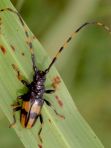 Cerambycidae [longhorn beetles] |
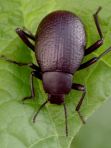 Tenebrionidae [darkling beetles] |
 Elateridae [click beetles] |
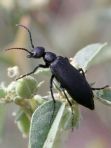 Meloidae [blister beetles] |
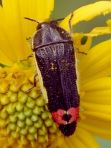 Buprestidae [metallic wood-borers] |
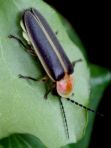 Lampyridae [fireflies] |
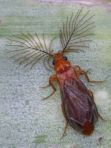 Phengodidae [glowworms] |
 Cantharidae [soldier beetles] |
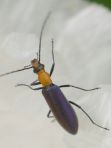 Oedemeridae [false blister beetles] |
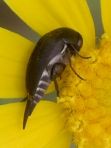 Mordellidae [tumbling flower beetles] |
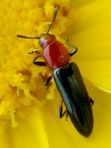 Languriidae [lizard beetles] |
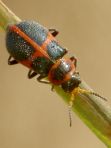 Melyridae [soft-winged flower beetles] |
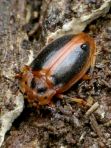 Endomychidae [handsome fungus beetles] |
 Histeridae [clown beetles] |
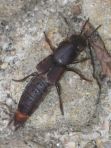 Staphylinidae [rove beetles] |
 Nitidulidae [sap beetles] |
 Dytiscidae [predaceous diving beetles] |
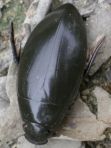 Hydrophilidae [water scavenger beetles] |
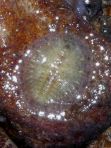 Psephenidae [water penny beetles] |
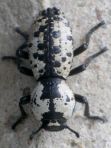 Zopheridae [ironclad beetles] |
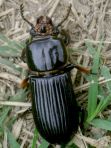 Passalidae [bess beetles] |
 Trogossitidae [bark-gnawing beetles] |
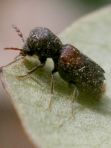 Bostrichidae [horned powder-post beetles] |
 Trogidae [hide beetles] |
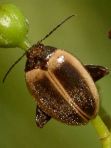 Scirtidae [marsh beetles] |
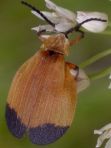 lycidae [net-winged beetles] |
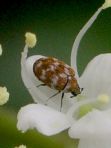 Dermestidae [carpet beetles] |
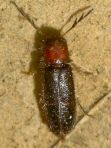 Cleridae [checkered beetles] |
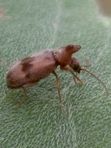 Anthicidae [antlike flower beetles] |
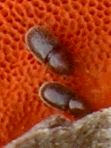 Ciidae [minute tree-fungus beetles] |
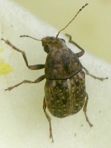 Anthribidae [fungus weevils] |
 Brentidae [straight-snout weevils] |
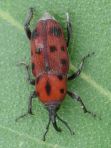 Curculionidae [weevils] |
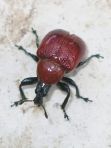 Attelabidae [leaf-roller weevils] |
![]()